
Posting from a kbin.social account to avoid the lemmy.today issues – on lemmy.today, the current behavior looks like the messages in the queue go out when the instance is restarted, but not until then. It’s running 0.19.1.
I am not the admin there, but wanted to make that available in case other instances are affected and trying to diagnose similar behavior; federation problems themselves can cause communication problems in trying to understand the issue.



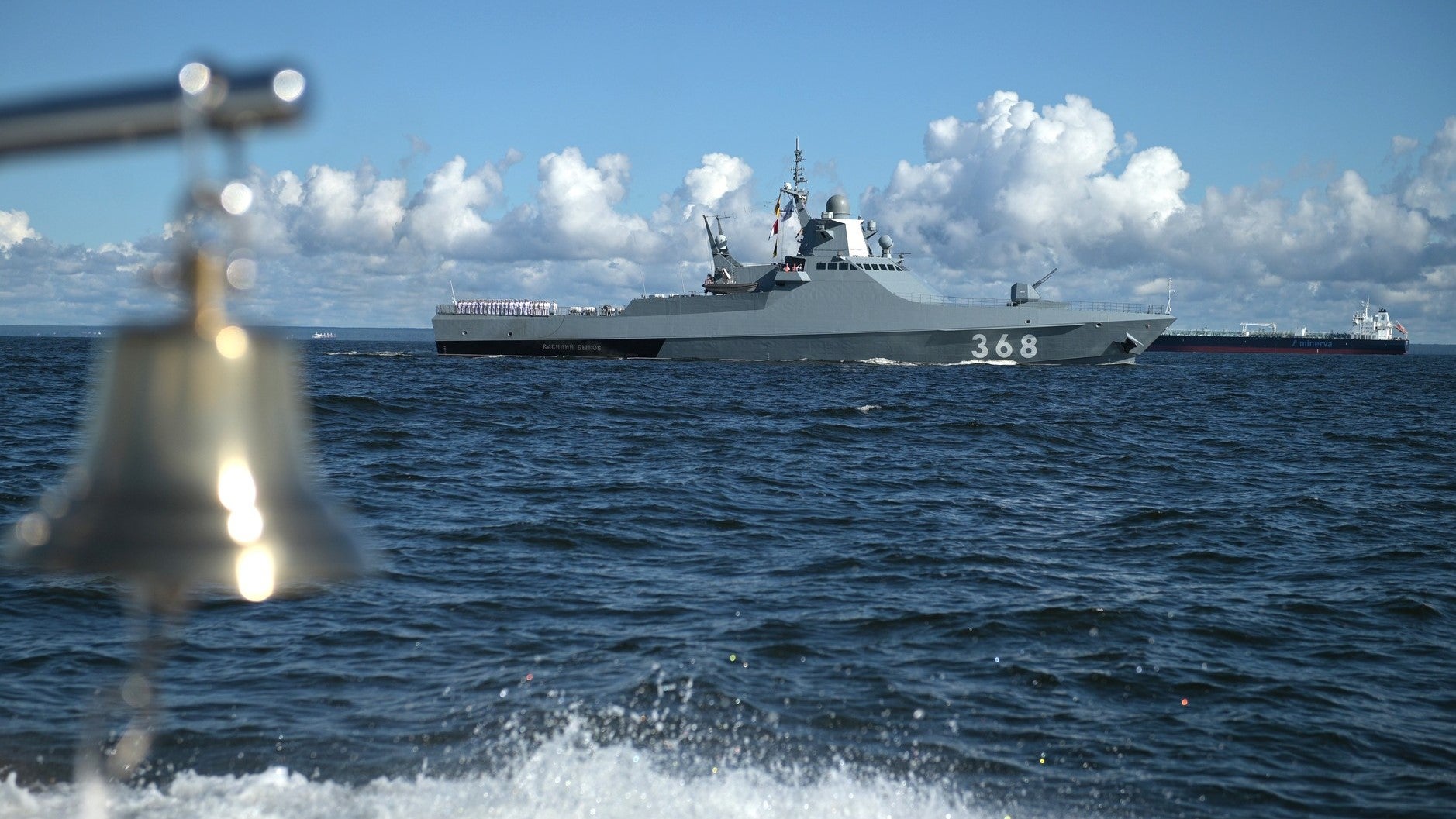
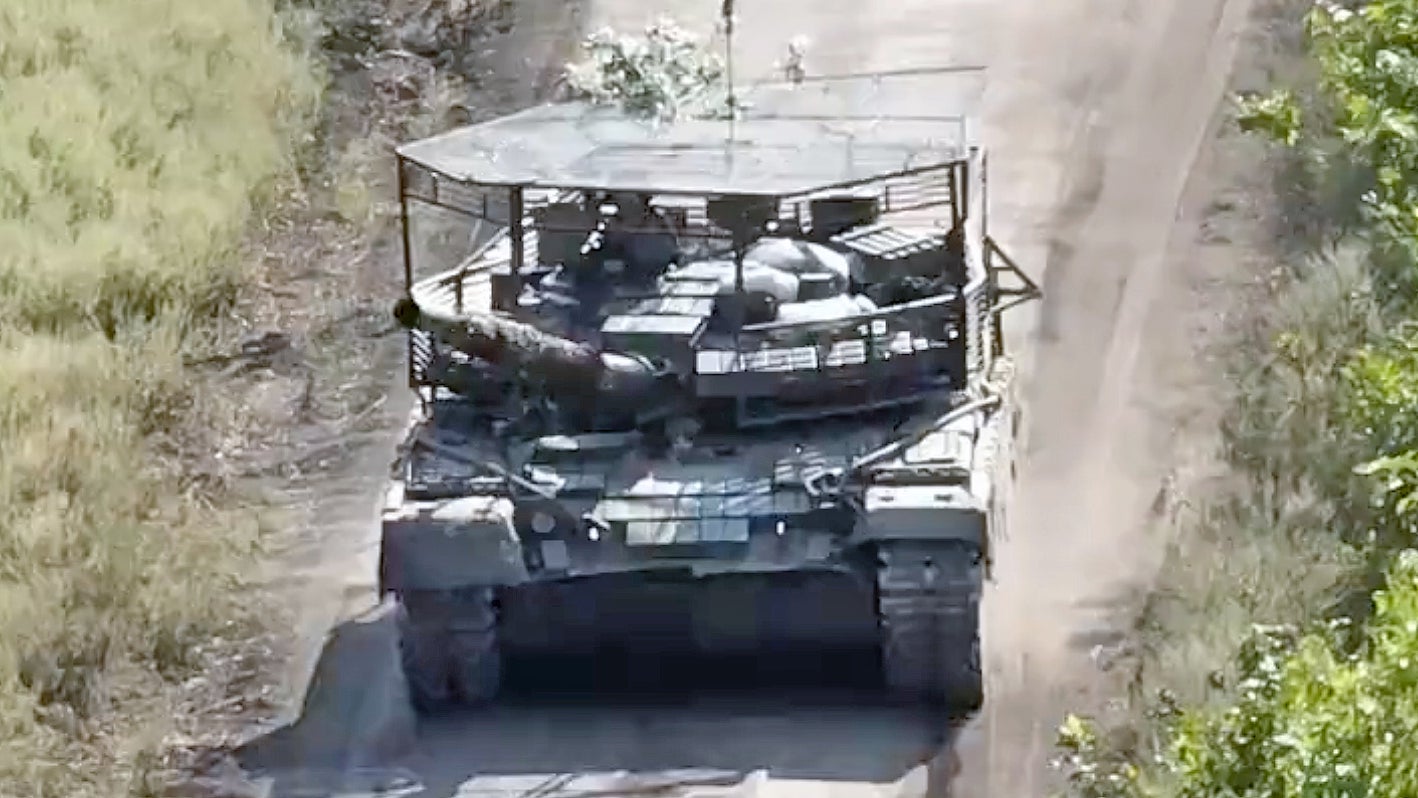






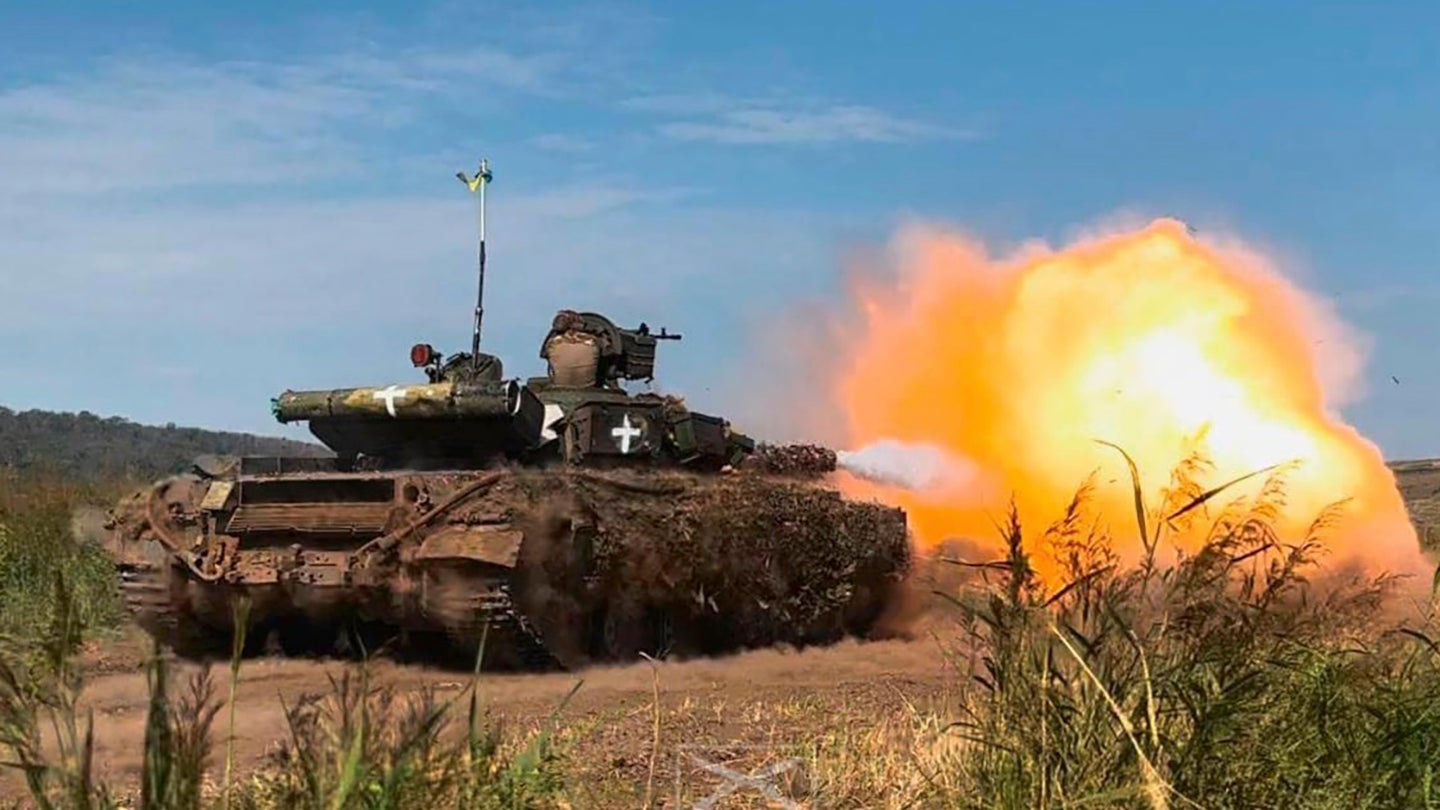
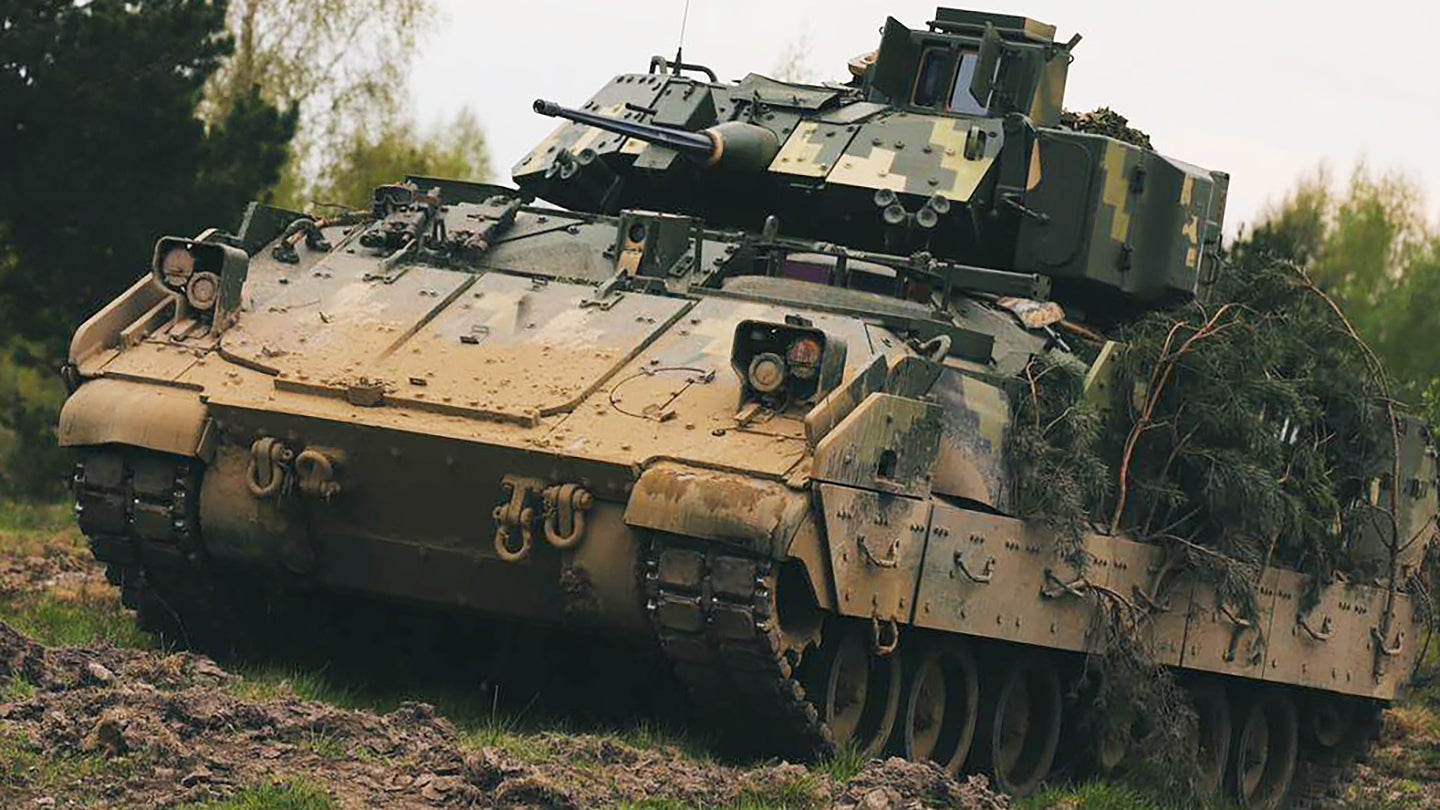
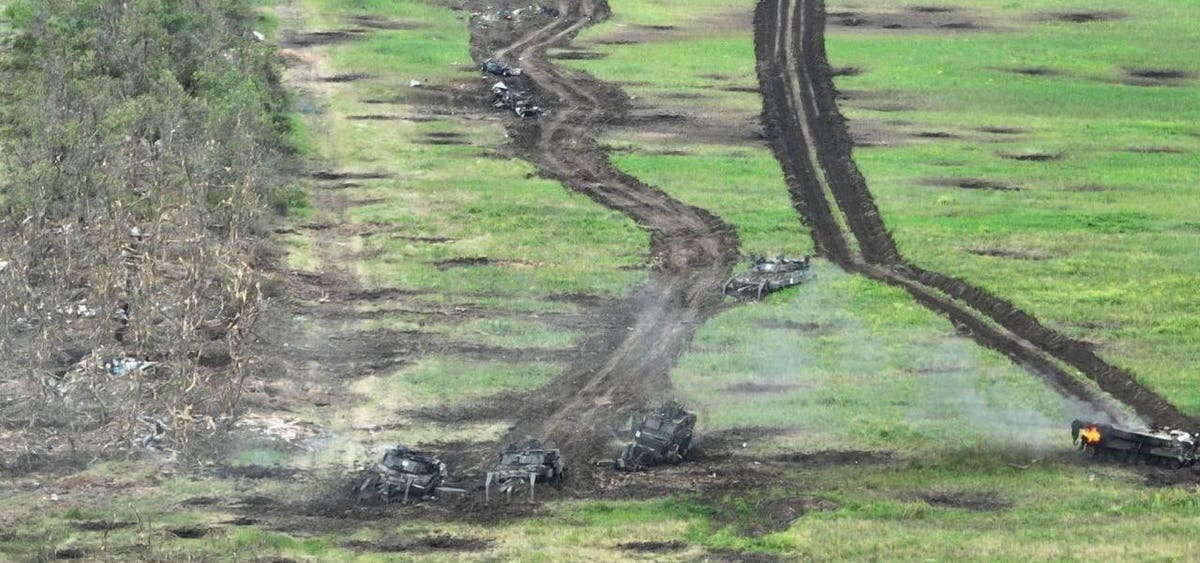
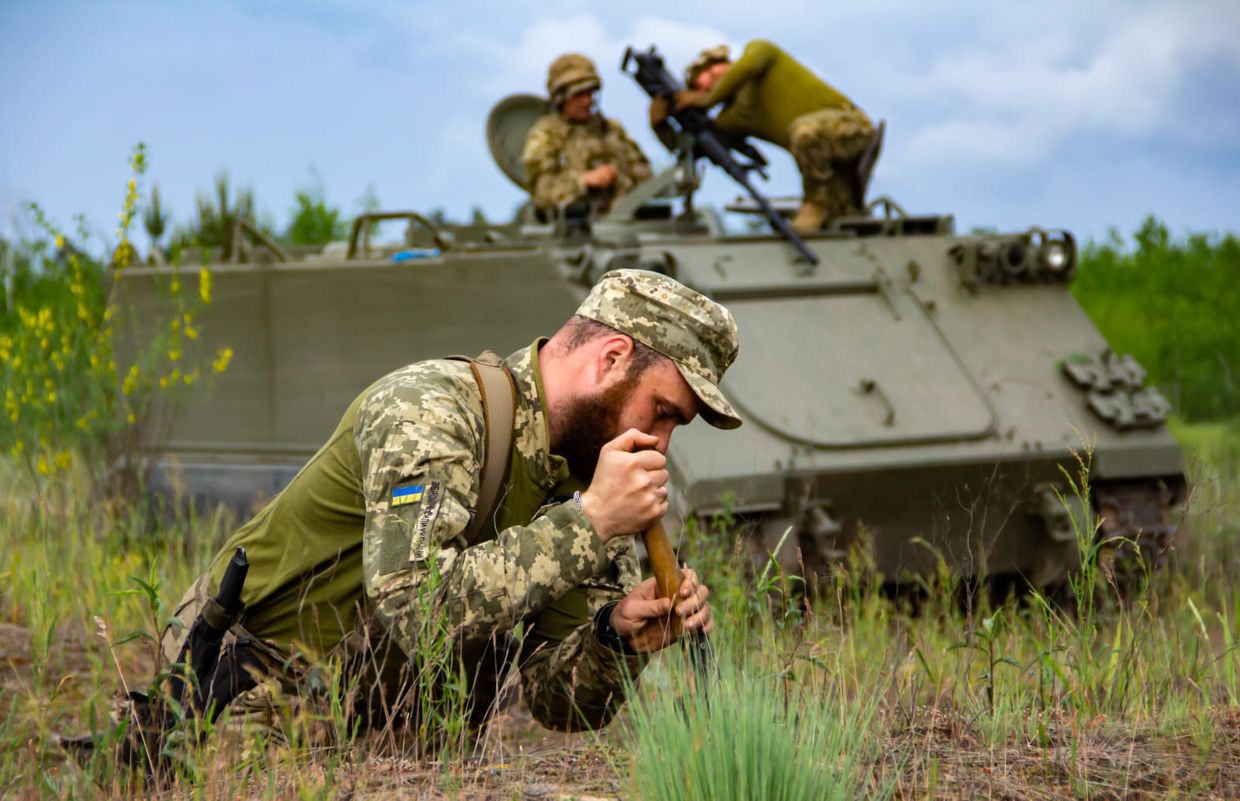
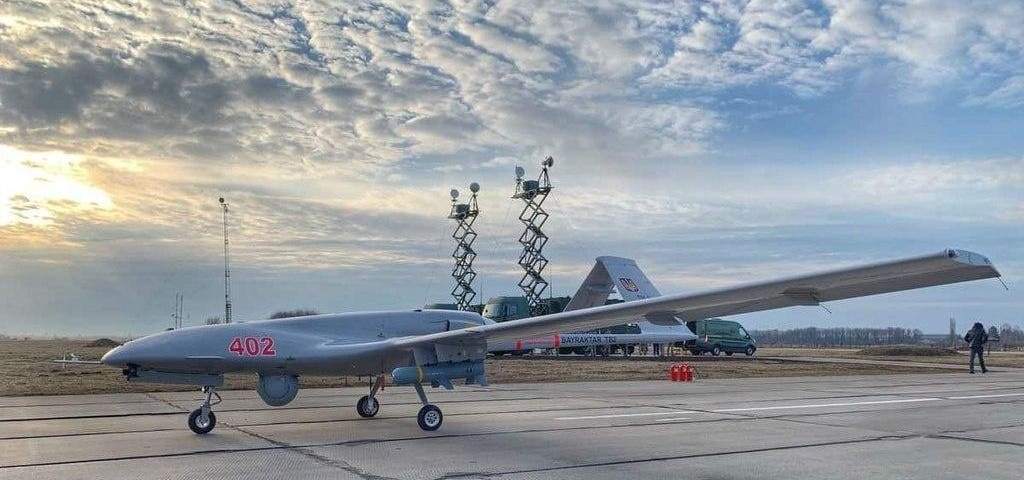
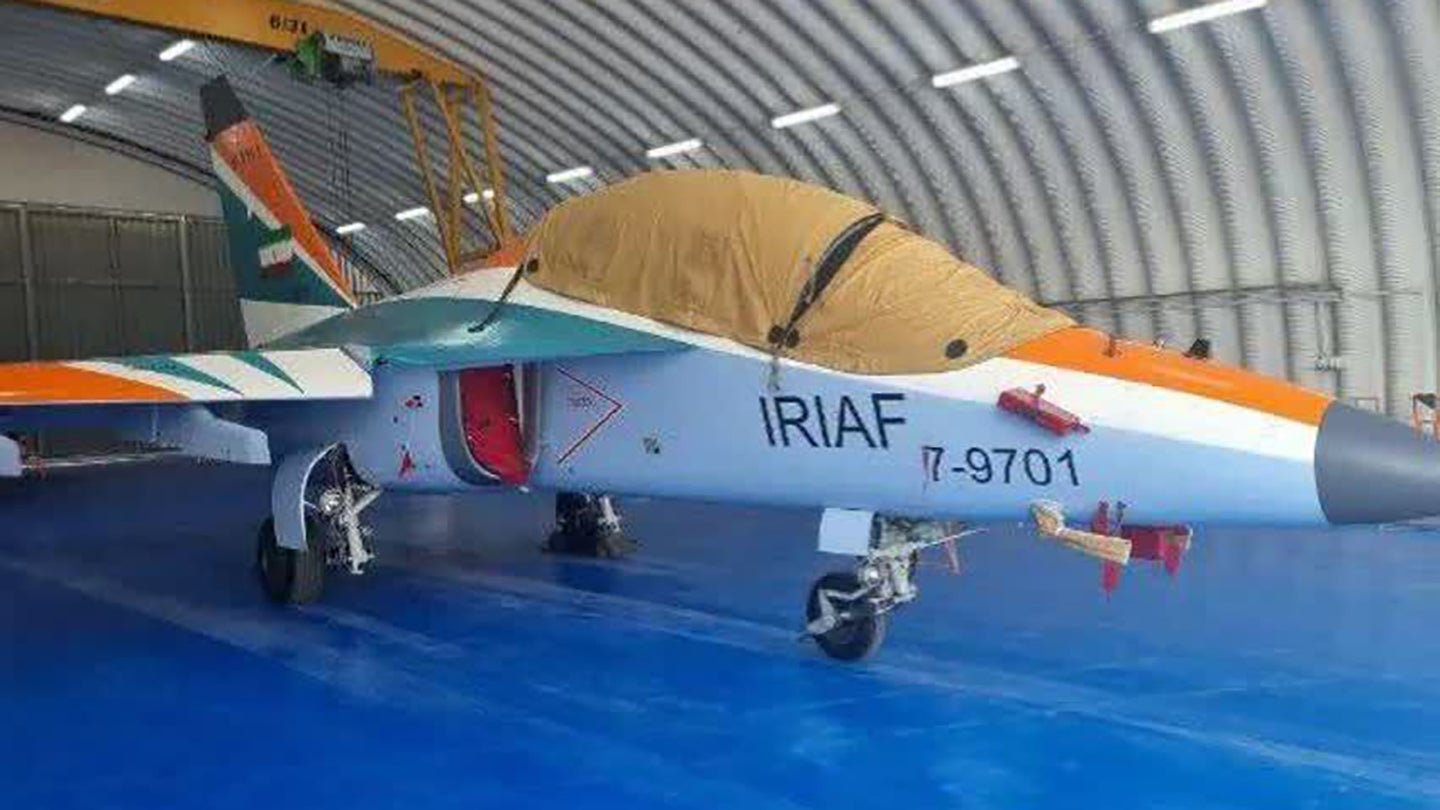
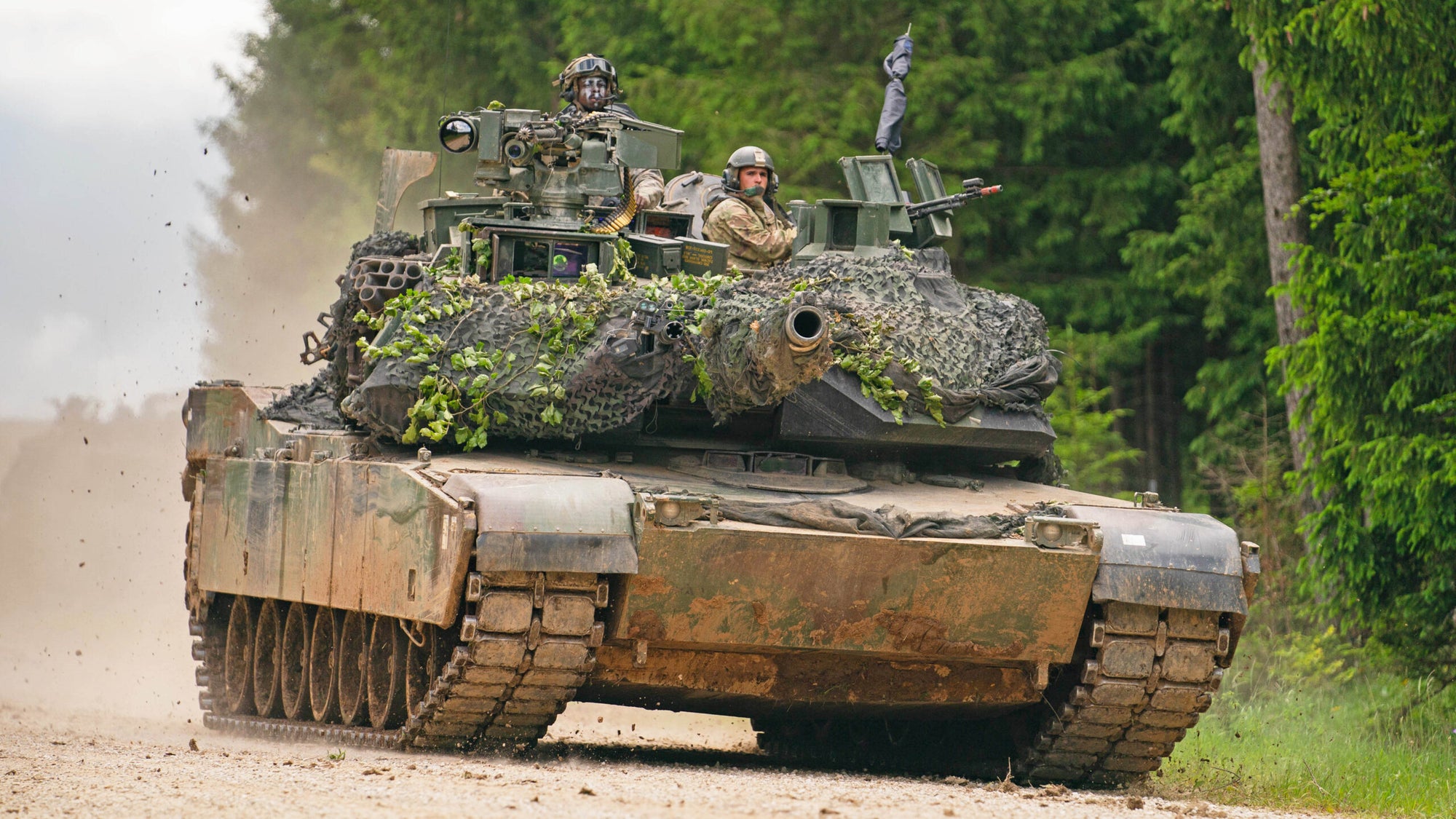

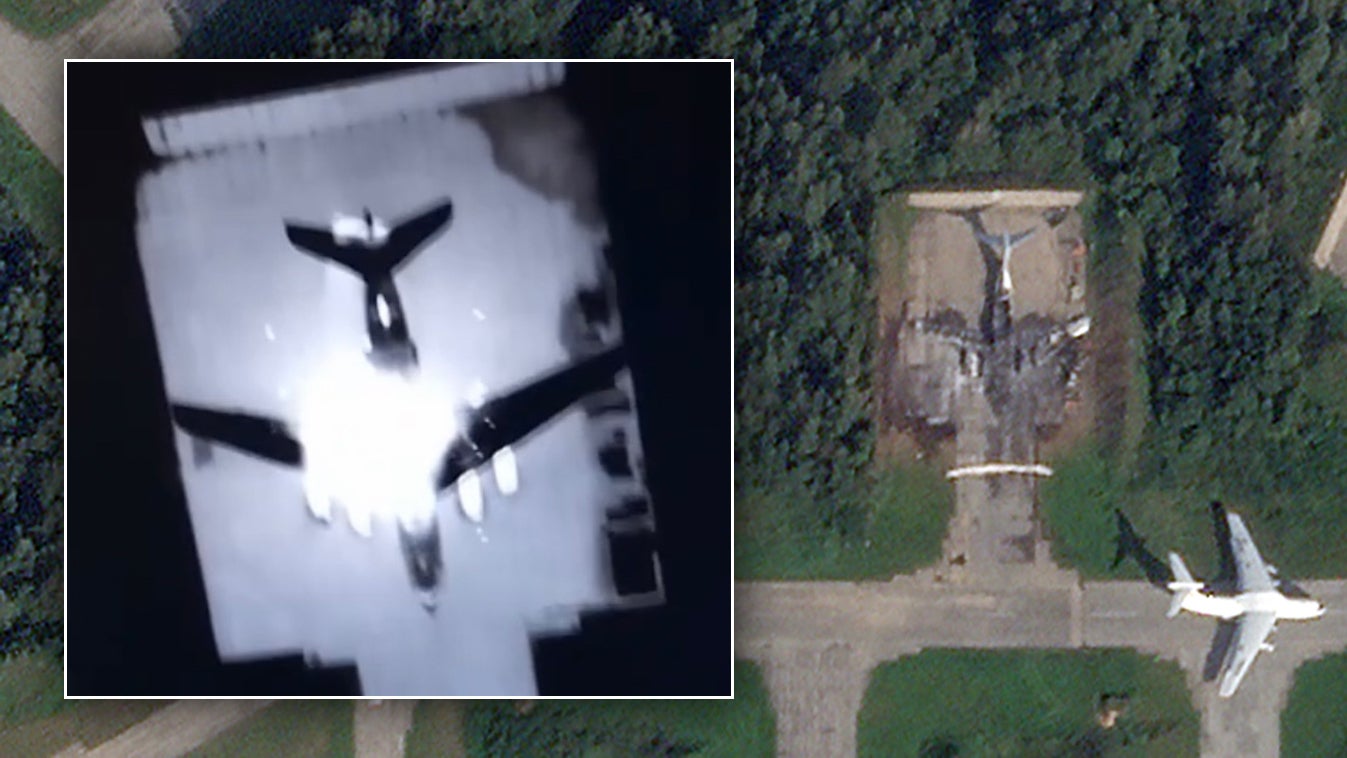
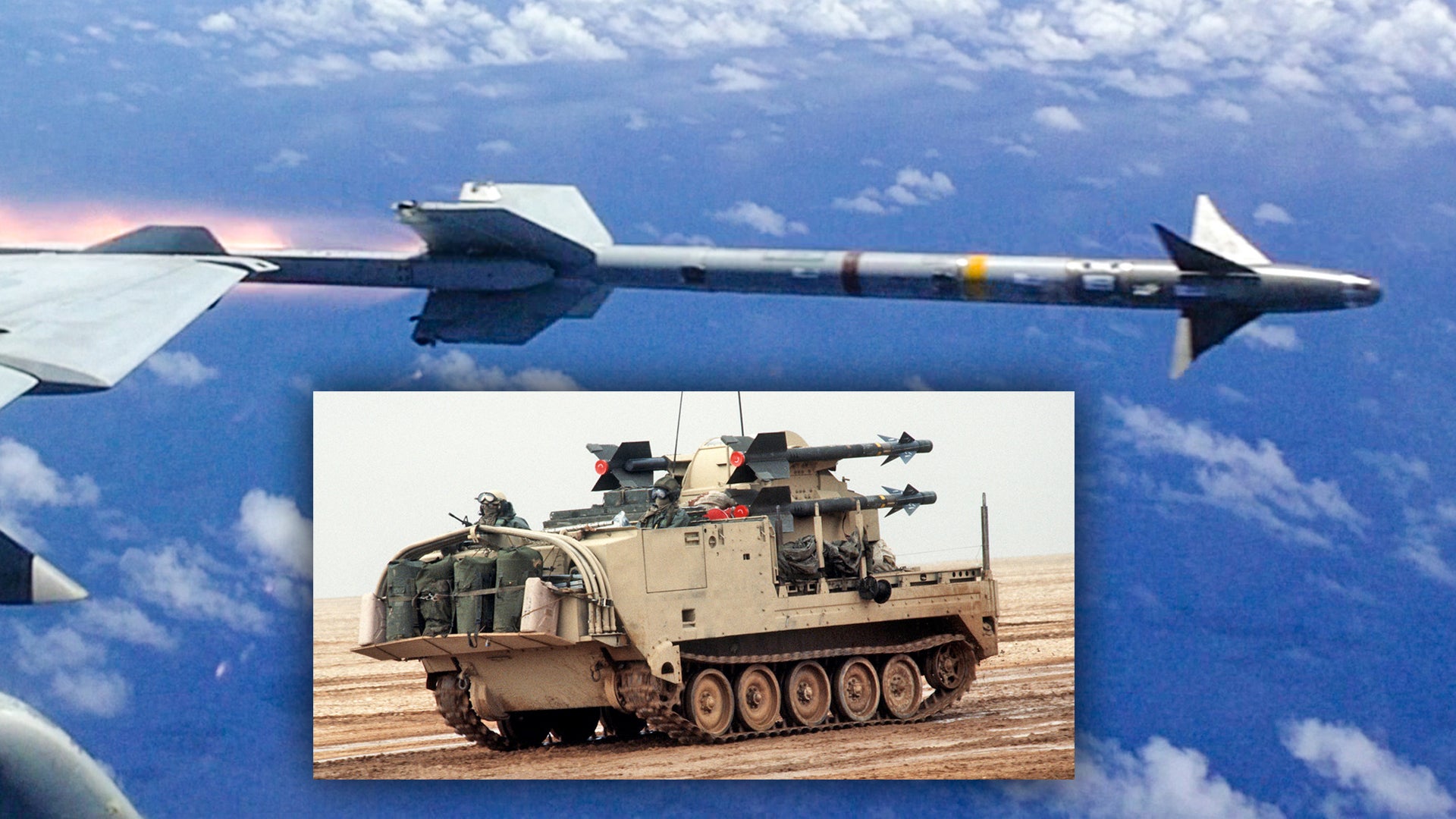
I can see your comment from lemmy.today and on lemmy.ml and on kbin.social.
I can see a response to you from @dandroid on lemmy.today and on lemmy.ml. I cannot see that response from kbin.social.